Rob Diaz de Villegas WFSU-TV
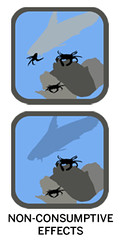 Last Thursday morning, an oyster boat departed East Point and disappeared into the fog. Despite the crisis level lack of oysters in Apalachicola Bay, you can still see several boats working for what little is left. That’s not what this boat was doing, however. It was carrying two divers working for David Kimbro out of the FSU Coastal and Marine Lab. A foggy day is appropriate for the first day of a research study. All of the knowledge is out there, just like the St. George Bridge or the island beyond it are out beyond one’s field of vision. Eventually the sun comes out and everything is revealed.
Last Thursday morning, an oyster boat departed East Point and disappeared into the fog. Despite the crisis level lack of oysters in Apalachicola Bay, you can still see several boats working for what little is left. That’s not what this boat was doing, however. It was carrying two divers working for David Kimbro out of the FSU Coastal and Marine Lab. A foggy day is appropriate for the first day of a research study. All of the knowledge is out there, just like the St. George Bridge or the island beyond it are out beyond one’s field of vision. Eventually the sun comes out and everything is revealed.
They’ll need a little more than the sun to reveal the specifics of the oyster crisis. It’s easy enough to say that the record low flow of the Apalachicola River combined with harvesting pressure to decimate the reefs. But the forces at work are a little more nuanced than that. That’s why newly hired lab technician Stephanie Buhler and graduate student Hanna Garland are plunging into the murky waters of the bay and monitoring up to 20 sites within it for a Florida Seagrant funded project. The techniques they use will resemble those used by David and his colleague Dr. Randall Hughes in the NSF funded oyster reef study that we have been following over the last two-and-a-half years. The reefs they’ve worked on for that project were exposed at low tide. These are not, and so they’ll be diving. I’m curious to see how it goes in March, when they construct experiment cages on the floor of the bay.
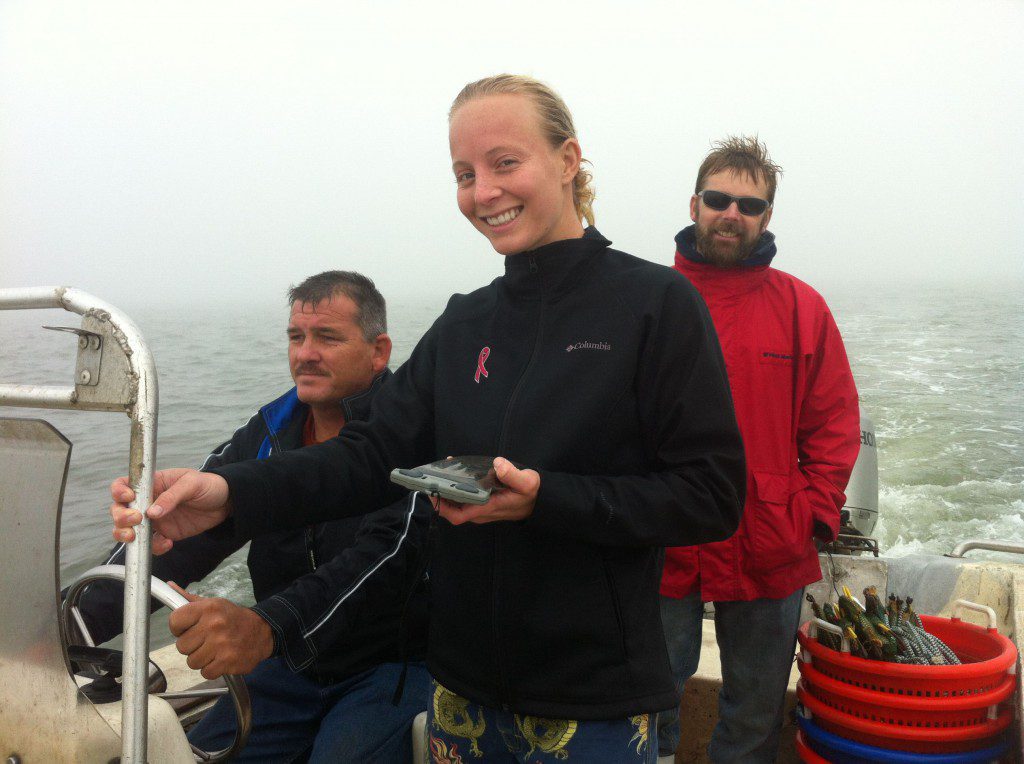
From left to right- Shawn Hartsfield, their captain; Stephanie Buhler; and Alex Chequer, FSU’s Dive Safety Officer. Alex went along on the first day to ensure that all of their dive equipment was operating safely.
One thing they’ll look at with the cages is the interaction between oysters and one of their predators. So, alongside the environmental data they’ll accumulate- salinity, availability of plankton and nutrients, oyster recruitment (new generations of oysters growing on the reef)- they will look at how the crown conch is affecting oysters in the bay. If you think it’s as simple “they’re just eating them all,” there’s a chance you might be right. But what David and Randall have found is that the fear of being eaten can be even more powerful than just removing an oyster. For a creature with no brain, oysters exhibit behavior and can be influenced by fear. In a couple of weeks, we’ll have a series of videos chronicling their pursuit of this idea over the last couple of years to see, in David’s words, “Does it matter?” It’ll be interesting to see how those dynamics might be at play here, where the higher salinity has invited a larger number of oyster consumers.
Another way this study is different from the NSF study is that one end result will be a recommendation as to how the resource is managed. David’s other collaborator on this project, Dr. J. Wilson White, will develop an Integral Projection Model for the reefs. Essentially they will take the data collected over the next few months and use it to project how the reef will do in different scenarios. Those scenarios will depend on the amount of water that flows down the Apalachicola River, which in 2012 was at an all time low. In these drought conditions, water is low across the entire Apalachicola/ Chattahootchee/ Flint basin. The basin is managed by the Army Corps of Engineers, whose Master Water Control Manual gives priority to stakeholders in the rivers upstream of the Apalachicola. That Manual is being updated, and Monday is the last day that they are taking public comment on it. You can lend your voice to that discussion here.
Have you submitted comments to the Army Corps? Would you mind sharing what you wrote? Add your question or comment.
In the Grass, On the Reef is funded by the National Science Foundation.

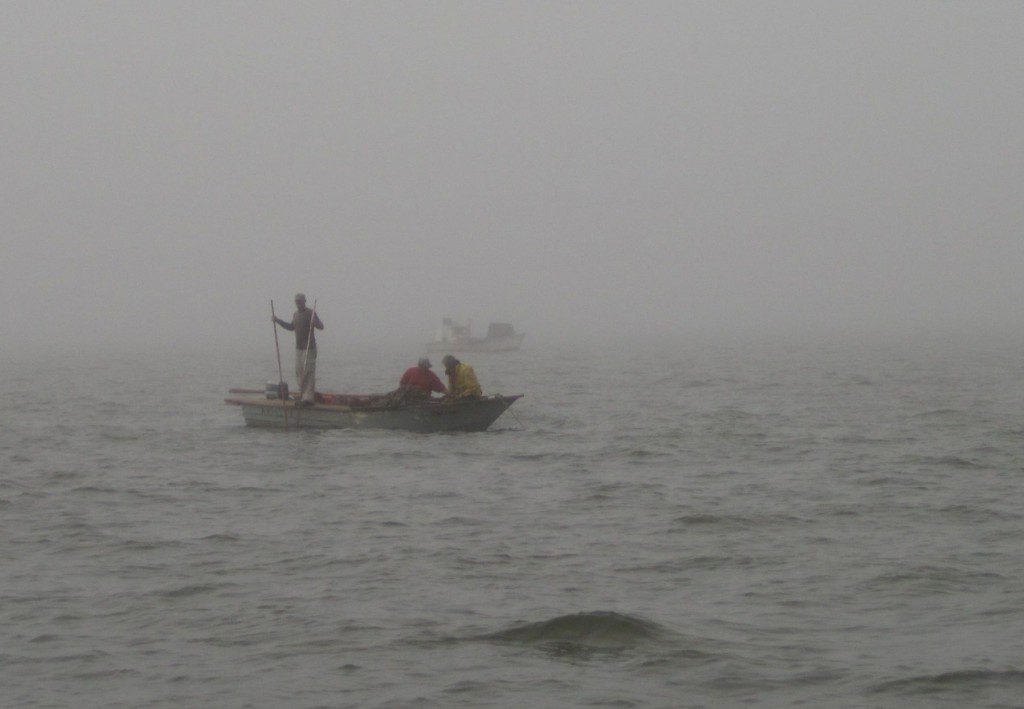
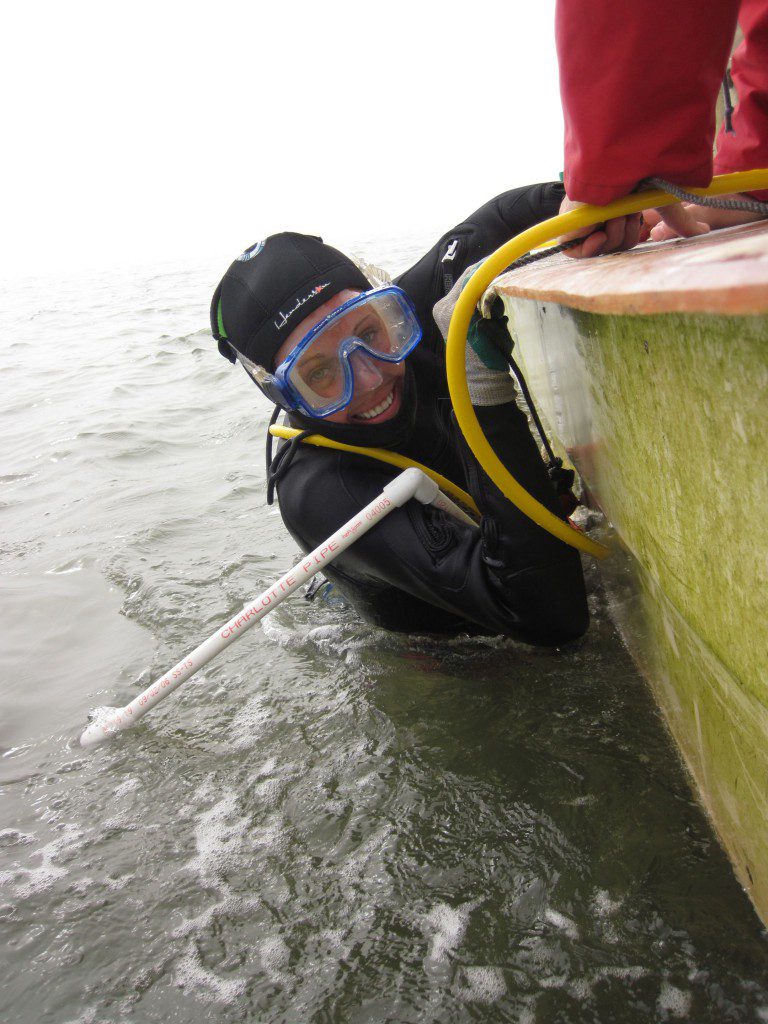
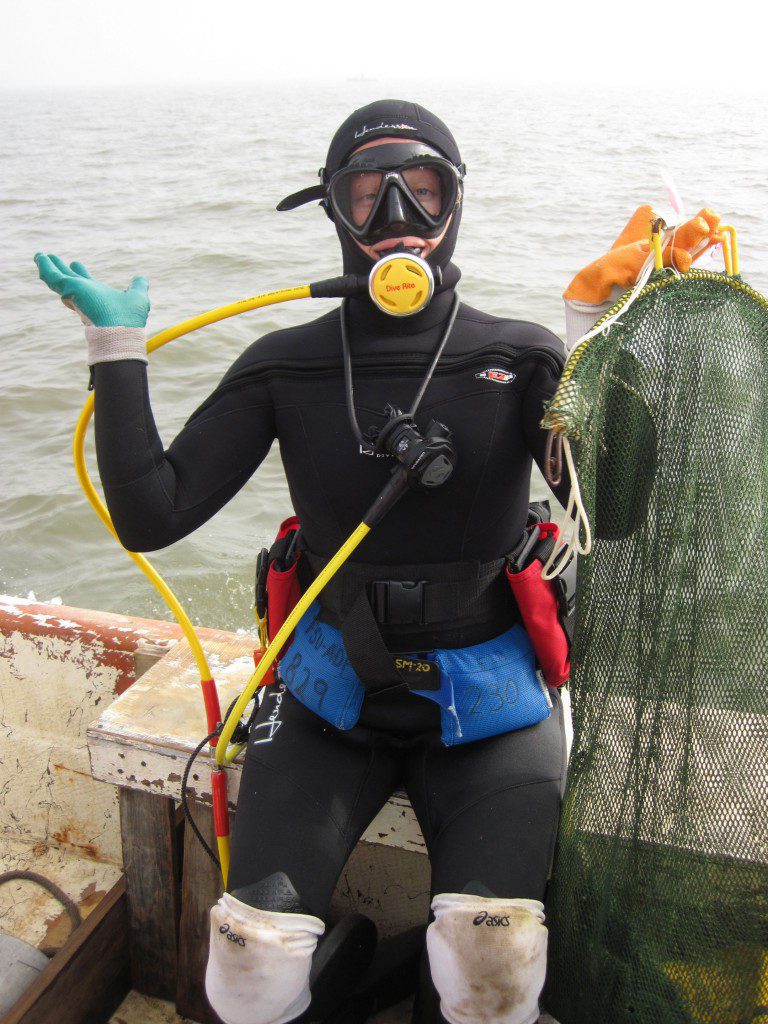
1 comment
[…] Donate Skip to content HomeThe ScienceThe “In the Grass, On the Reef” Master PlanCoastal Habitat Quick DictionarySalt MarshIn the Grass- Salt Marsh Biodiversity StudyMeet the Species “In the Grass”Oyster ReefOn the Reef- The Biogeographic Oyster StudyMeet the Species “On (and swimming around) the Reef”Watch Oysters GrowJacksonvilleSaint AugustineAlligator HarborSeagrass BedPredatory Snails, and Prey, of Bay Mouth BarIn the Grass, On the Reef DocumentaryEcoAdventures North FloridaEcoAdventures HomeActivitiesPaddlingHikingBird/ Wildlife WatchingArt/ PhotographyHistory/ ArcheologyApalachicola River and Bay Basin ← New Study Tackles Apalachicola Oyster Fishery Crisis […]
Comments are closed.